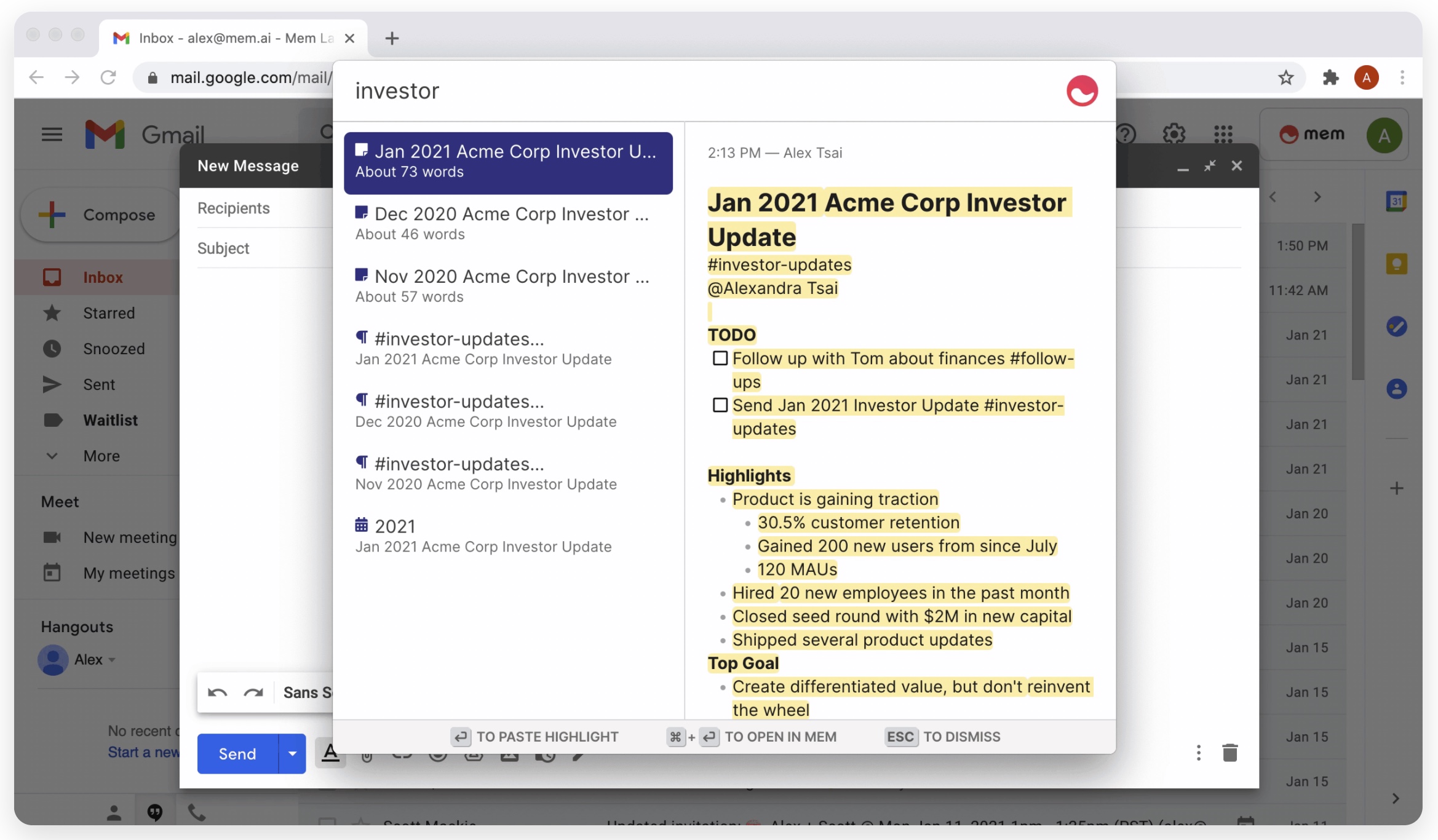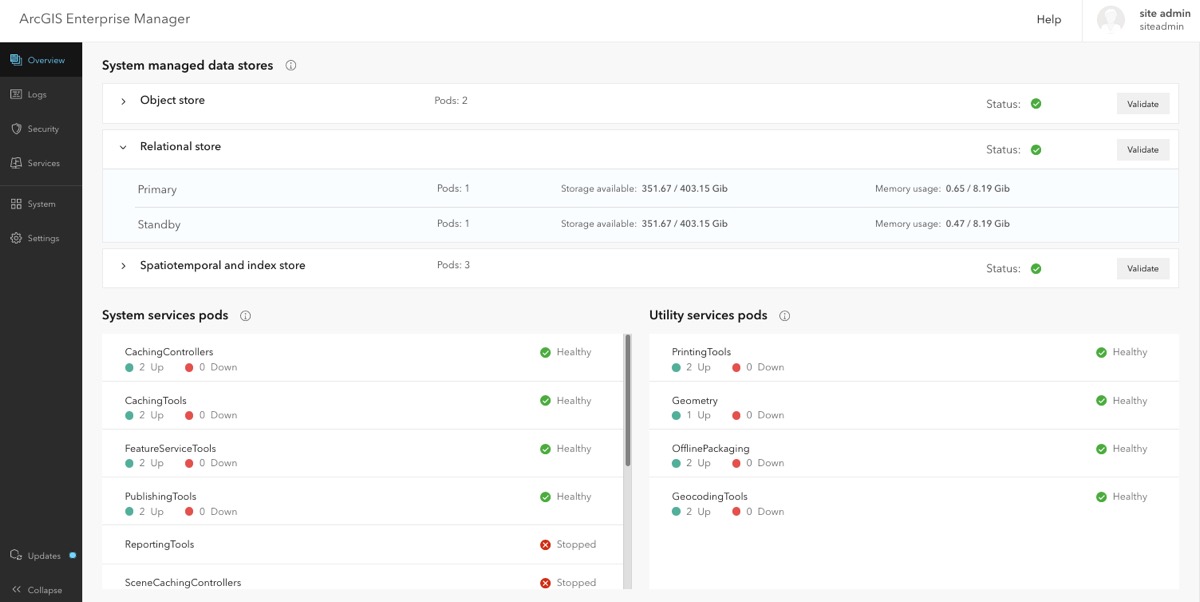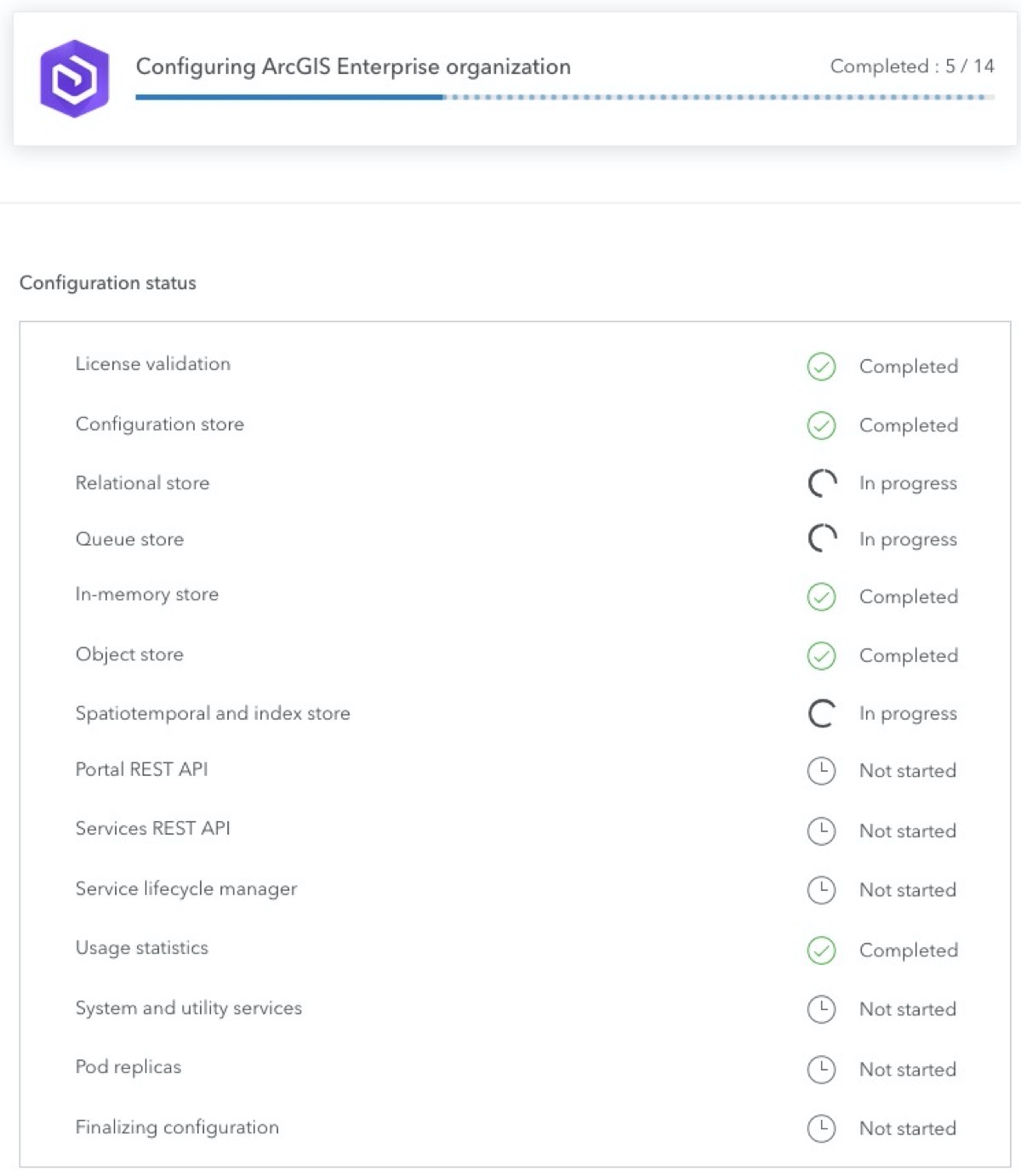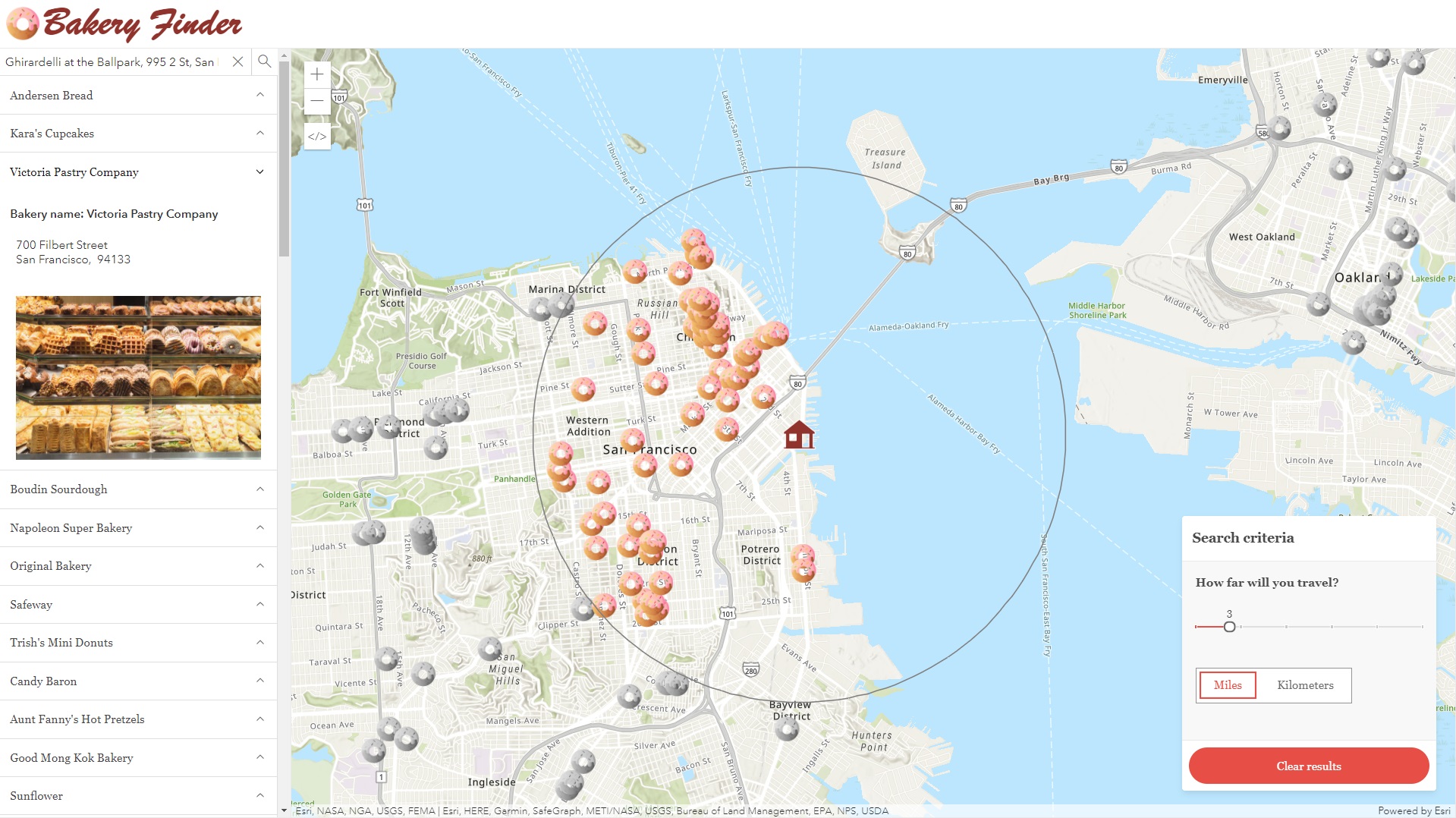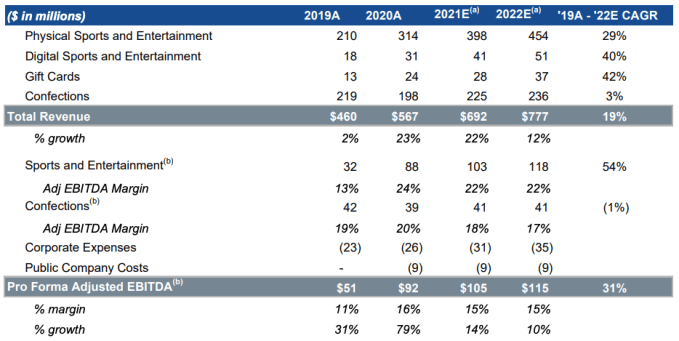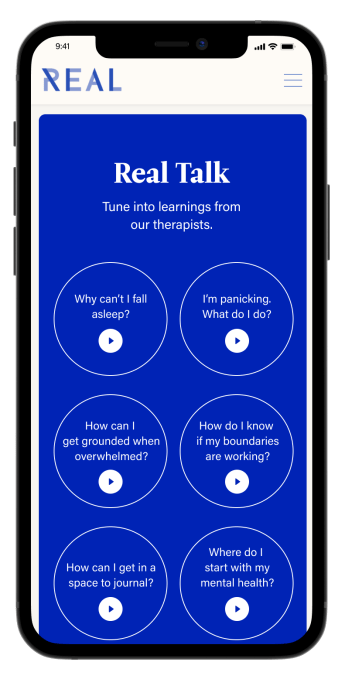News: New Jersey announces $10M seed fund aimed at Black and Latinx founders
Today, in a twist, New Jersey Governor Phil Murphy has announced a proposal for a $10 million allocation in the state budget to create a seed fund for Black and Latinx startups, TechCrunch has learned exclusively. The Black and Latinx Seed Fund will be administered by the New Economic Development Authority (NJEDA). NJEDA CEO Tim
Today, in a twist, New Jersey Governor Phil Murphy has announced a proposal for a $10 million allocation in the state budget to create a seed fund for Black and Latinx startups, TechCrunch has learned exclusively. The Black and Latinx Seed Fund will be administered by the New Economic Development Authority (NJEDA).
NJEDA CEO Tim Sullivan said based on research conducted by the state, that New Jersey is the first state in the nation to develop this type of fund.
He said the move is a “direct response to the systemic racial inequities in access to capital for Black and Brown entrepreneurs” and aimed at addressing “the racial wealth gap.”
“I think two of the centerpieces of Gov. Murphy’s strategy overall for the economy is to build a stronger and fairer New Jersey and a stronger and fairer economy,” Sullivan said, adding that the state is also focused on “reclaiming New Jersey’s heritage of leadership, innovation and entrepreneurship.”
It’s a known fact that the number of venture dollars flowing to Black and Latinx founders is dismally low.
As one evidence of that, last year Crunchbase found that as of Aug. 31, Black and Latinx founders had raised $2.3 billion in funding, representing just 2.6% of the total $87.3 billion in funding that had gone to all founders up until that point in 2020.
Also, Digitalundivided’s ProjectDiane 2020 report found that Black and Latinx women founders received just $1.7 billion of the total $276.7 billion venture dollars invested between 2018 and 2019.
Over the past several months — in the wake of the murder of George Floyd and the Black Lives Matter movement — we’ve seen an increasing number of venture funds announce initiatives toward funding a broader group of founders.
“Before there was a Silicon Valley, whether you’re talking about folks like Thomas Edison, Bell Labs or Sarnoff Labs, we were the place that perhaps more than any other place that fueled 20th century American entrepreneurial-led growth,” Sullivan told TechCrunch. “And the reality is that we lost a little bit of that. We’re still one of the top places for innovation and entrepreneurship, but other places –whether it’s out west or in places like Austin and Boston — have really upped their game and we want to recapture that unquestioned leadership position in innovation, entrepreneurship.”
Beyond that – under Gov. Murphy’s leadership – the state wants “to build the most diverse and inclusive innovation ecosystem in America.”
“That is a lot easier said than done, particularly because of not only centuries worth of systemic discrimination and racism, but some very specific manifestations of that systemic disenfranchisement and discrimination, particularly around venture capital funding and early stage seed funding,” added Sullivan, who once worked at Barclays Capital as chief of staff to the head of Global Investment Banking.
Zakiya Smith-Ellis, chief policy advisor to Gov. Murphy, said the initiative came after conversations with Black and Latinx business investors.
“This was developed with the input of folks who might be direct beneficiaries of this program and that community was directly impactful in designing and developing this proposal,” Smith-Ellis told TechCrunch. “We hear from them ‘we don’t have the family members, we don’t have the friends who are just going to write me a check at the very beginning, I think this is really instructive.’ ”
The legislature is set to vote on the proposal by July 1.
While it was difficult to find examples of governments doing similar things, there are a number of organizations out there that are committed to funding diverse founders.
In February, several national and Chicago-based organizations banded together to support early-stage Black and Latinx tech entrepreneurs through a new program dubbed TechRise. The nonprofit P33 launched the program in partnership with Verizon and 1871, a private business incubator and technology hub, among others, with the goals “of narrowing the wealth gap in Chicago, generating thousands of tech-related jobs and giving $5 million in grant funding to Black and Latino entrepreneurs,” according to the Chicago Sun Times. (Disclosure: Verizon is TechCrunch’s parent company).
And, Detroit-based ID Ventures says it invests in minority and women-led companies “at 4x the national average.”
“By providing opportunities to underrepresented entrepreneurs, we can ensure representation, respect our state’s diversity, and create a start-up community unlike any other,” the organization’s website says.
Also in Austin, DivInc is a nonprofit pre-accelerator that holds 12-week programs for underrepresented tech founders. Founded in 2016 by former Dell executive Preston James, the organization aims to “empower people of color and women entrepreneurs and help them build successful high growth businesses by providing them with access to education, mentorship, and vital networks.”

